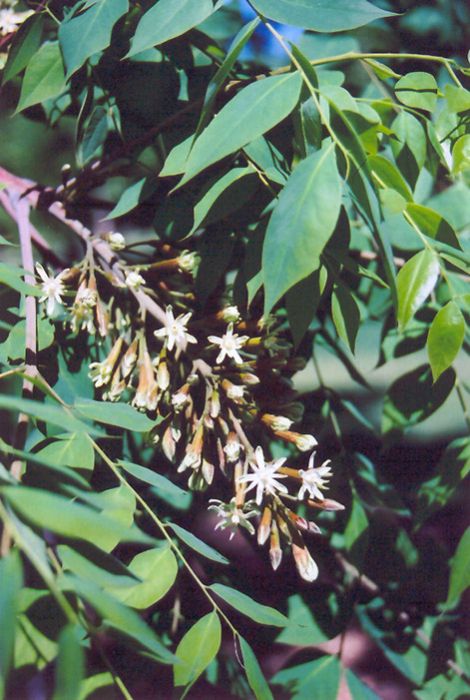Top Ten Trees for Minnesota
Sean's Top Ten Trees for Minnesota!




Out of stock
Coming soon, still growingA tough, adaptable tree with coarse, stout branches and deeply furrowed bark. The large dark green leaves turn golden yellow in fall. A good shade tree for south or west side planting as its coarse nature lets in plenty of winter sun.
At Minnesota's Destination Garden Center, we offer a diverse range of trees to suit any landscaping need. Whether you're looking for shade trees to cool your home or ornamental trees to add beauty and interest, you'll find the perfect tree at Gertens. Our knowledgeable staff can help you select the right tree for your space and provide tips for care and maintenance. Visit Gertens today and explore the unmatched variety of trees to enhance your outdoor environment!
Kentucky Coffeetree | Gymnocladus dioicus
Height: 50 feet
Spread: 40 feet
Sunlight: full sun
Hardiness Zone: 4a
Brand: Gertens
Description:
A stately large shade tree with massive yet delicate multiply compound leaves; rather coarse outline when young and in winter, but very attractive when in leaf; tolerant of adverse growing conditions; large seed pods can be messy; for larger landscapes
Ornamental Features
Kentucky Coffeetree features subtle panicles of lightly-scented white pea-like flowers hanging below the branches in late spring. It has forest green deciduous foliage. The large bipinnately compound leaves do not develop any appreciable fall color. However, the fruit can be messy in the landscape and may require occasional clean-up. The rough dark brown bark adds an interesting dimension to the landscape.
Landscape Attributes
Kentucky Coffeetree is a deciduous tree with an upright spreading habit of growth. Its strikingly bold and coarse texture can be very effective in a balanced landscape composition.
This is a high maintenance tree that will require regular care and upkeep, and is best pruned in late winter once the threat of extreme cold has passed. Gardeners should be aware of the following characteristic(s) that may warrant special consideration;
Kentucky Coffeetree is recommended for the following landscape applications;
Planting & Growing
Kentucky Coffeetree will grow to be about 50 feet tall at maturity, with a spread of 40 feet. It has a high canopy with a typical clearance of 7 feet from the ground, and should not be planted underneath power lines. As it matures, the lower branches of this tree can be strategically removed to create a high enough canopy to support unobstructed human traffic underneath. It grows at a slow rate, and under ideal conditions can be expected to live for 90 years or more.
This tree should only be grown in full sunlight. It is very adaptable to both dry and moist locations, and should do just fine under average home landscape conditions. It is not particular as to soil type or pH. It is somewhat tolerant of urban pollution. This species is native to parts of North America.
| Gerten Grown Plants | Gerten Grown Plants |
|---|---|
| MN Native Plants | MN Native Plants |
| Tree Type | Shade & Ornamental |
| Sun Preference | Full-Sun |
| Mature Height (Range) | 25 - 50 feet |
| USDA Hardiness Zone | 4, 5, 6, 7 |
| Common Family Name | Coffeetree |